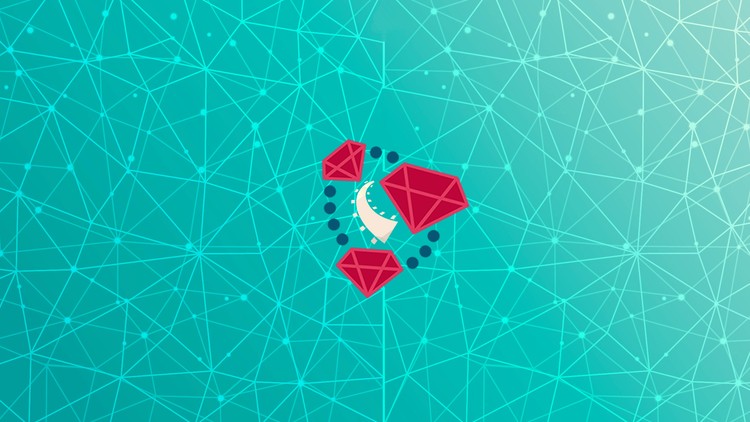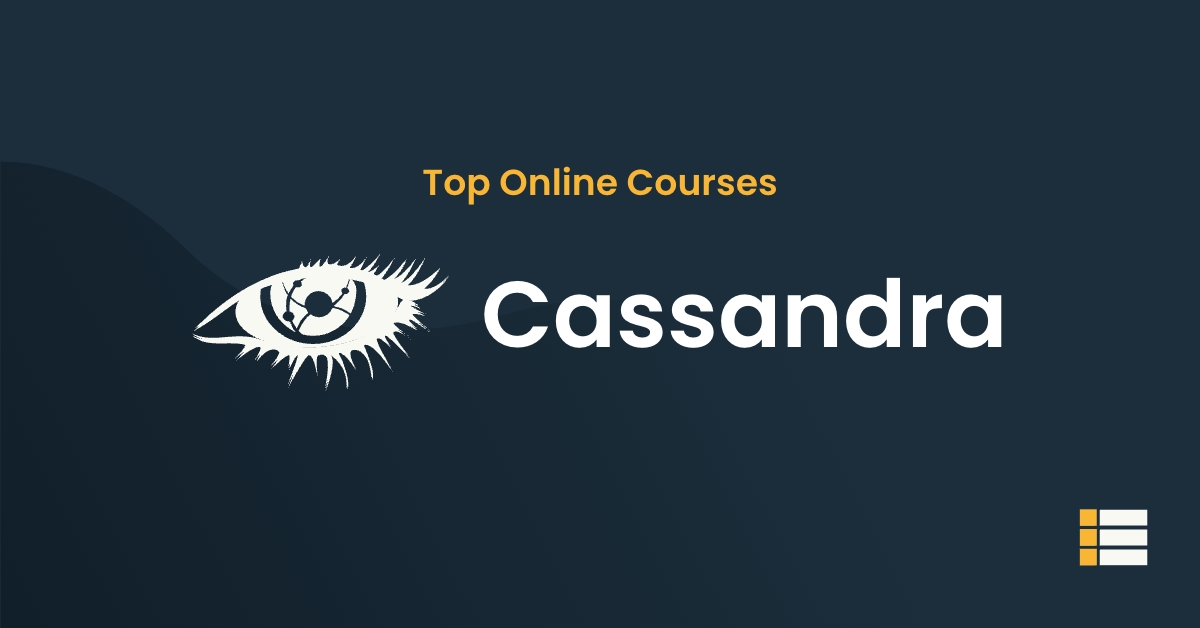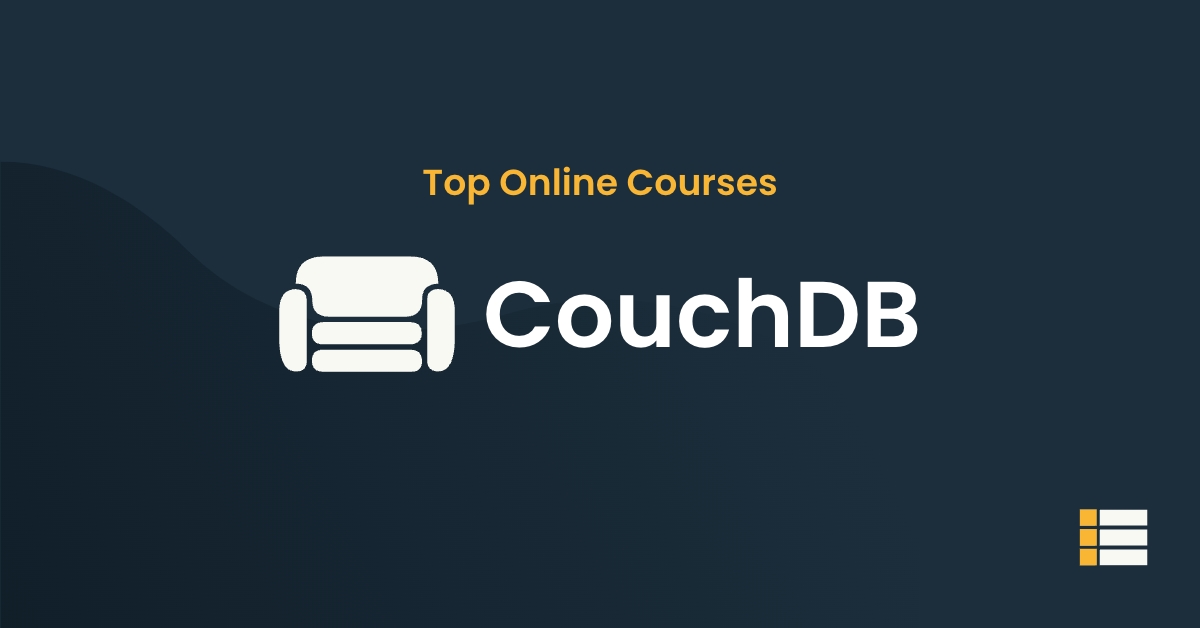Are you looking for an efficient, powerful, and scalable way to store and manage data?
Let’s explore “Why learn Neo4j,” and why it is becoming increasingly popular among data architects, developers, and data scientists.
Table of Contents
Learning Neo4j Online: A Student’s Guide
What is Neo4j?
Neo4j is an open-source, graph-based database management system. It is written in Java and is designed to store and traverse large networks of data with much greater efficiency than traditional relational databases.
Neo4j is a native graph database, meaning that it stores data in a way that reflects the graph of relationships between nodes and edges instead of in a table format.
This approach drastically accelerates the time it takes to query and traverse data, making it an ideal choice for data that is highly connected or has complex relationships.
Neo4j was first released in 2007 and is currently powered by the Neo4j Enterprise Edition, allowing organizations to easily deploy, manage, and scale their graph databases.
The technology is widely used in various industries, including finance, healthcare, retail, and government. In addition, it is well-suited for a number of specific use cases, such as fraud detection, recommendation engines, and network analysis.
Neo4J is NoSQL, one of the main advantages of Neo4j is its unique query language, Cypher, which is designed to make it easier for developers to query and traverse data.
Cypher is a declarative language, meaning that it allows developers to describe the desired outcome of their query without having to specify the exact steps required to achieve it.
This makes it possible to quickly and efficiently query large networks of data and traverse relationships between nodes. Neo4j is also easily extensible, allowing developers to customize the database with plugins, APIs, and integrations with other technologies.
This makes it possible to integrate Neo4j into existing architectures and applications, allowing organizations to take advantage of the technology without having to completely redesign their infrastructure.
Neo4j Architecture
The fundamental building block of Neo4j is a property graph that represents data as nodes, relationships, and properties.
Nodes are the entities that represent data, while relationships are the connections between them.
Properties provide additional information about the nodes and relationships. Neo4j is built on a layered architecture that consists of multiple components.
The core features of Neo4j are the Graph Database Management System (GDBMS) and the cypher query language (CQL).
The GDBMS is responsible for the storage and retrieval of data, while CQL is used to query and manipulate the data.
- The first layer of the architecture is the native storage layer. This layer is responsible for storing and persisting all of the nodes, relationships, and properties that make up the graph database.
- The second layer is the intermediate layer, which is responsible for the logical representation of the data. This layer is used to store the data in a format that is easy for the user to understand and use.
- The third layer is the query processing layer. This layer is responsible for executing queries against the graph database. This layer is written in Java and is optimized for high-performance query processing.
- The fourth layer is the application layer. This layer contains the business logic and the user interface. This layer is the interface between the user and the database.
Neo4j’s layered architecture allows for easy integration into existing applications and systems.
Neo4j and the Graph Database Landscape
In the world of databases, graph databases are gaining traction and Neo4j is at the forefront of the trend.
Graph databases are a special kind of database that use graph structures for semantic queries. This type of database is especially useful for complex and interconnected data.
Neo4j is the most mature graph database in the market and is used by some of the largest organizations in the world, including Walmart, eBay, and PayPal. It is also popular with smaller companies that need a powerful and flexible database solution.
Neo4j is just one of many graph databases, and the graph database landscape is constantly evolving.
Other popular graph databases include Amazon Neptune, Microsoft Azure Cosmos DB, and IBM Graph.
Each of these databases has its own set of features and benefits, so it’s important for users to research and select the database that best fits their needs.
Neo4J Learning Resources
Plenty of resources are available for those looking to jumpstart their learning journey with Neo4j.
In this section, we’ll explore some of the most helpful Neo4j learning resources online.
- Neo4j Graphacademy Online Training: Neo4j offers an online training program that is designed to help developers of all levels, from beginners to experts, learn how to use their database. The program provides a comprehensive overview of Neo4j and its features and teaches best practices for working with the database.
- Neo4j Documentation: In addition to its training program, Neo4j provides a comprehensive library of documents and tutorials. This resource is great for those who want to learn at their own pace or are looking for specific information. The library includes topics such as graph database basics, the Cypher language, and how to use Neo4j with other programming languages.
- Neo4j Community: The Neo4j community is a great place to find answers to questions, share ideas and experiences, and connect with other Neo4j users. The community also hosts regular webinars and virtual meetups that are great for learning more about the database.
- Learn Neo4j Tutorial – Javatpoint
- An introduction to neo4j (graph database tutorial for beginners) by Chris Hay on Youtube
- Learn Neo4j Cypher basics in 30 minutes | by Vlad Batushkov
- Introduction to Graph Databases, Cypher, & Neo4j – Pluralsight
- Neo4j Training Courses – NobleProg
Whether you’re just getting started or are an experienced user, there should be something in this list to help you get started on your Neo4j journey.
Frequently Asked Questions
How long does it take to learn Neo4j?
A basic understanding can usually be achieved in a few days, but becoming a master of the system could take weeks or months of practice. Neo4j is a powerful graph database that is worth investing time into, and once you understand the concepts, it can become a valuable tool for your data storage and manipulation needs.
How do I get Neo4j certified?
There are several options for obtaining a Neo4j certification, including online courses offered by the Neo4j Certification Program, as well as self-study courses, webinars, and classroom-based training. The certification options vary in format, length, and cost, so it’s important to research to find the right one for your needs. In order to earn a certification, you must pass the corresponding exam. Once you’ve passed the exam, you will be awarded a Neo4j Certified Professional badge that you can display to show your proficiency.
Which big companies use Neo4j?
Some of the biggest companies that use Neo4j include Walmart, UBS, eBay, Cisco, Accenture, Comcast, Adobe, The Washington Post, NASA, and the U.S. Department of Defense. Neo4j is also used by over 200 government and public sector organizations, including the City of Los Angeles, the US Department of Health and Human Services, and NASA's Jet Propulsion Laboratory.
Is Neo4j easy to learn?
Yes, Neo4j is relatively easy to learn. As a leading graph database, Neo4j has an intuitive language, called Cypher, which makes it straightforward to express graph patterns. Additionally, Neo4j provides detailed documentation and resources for learning about the database and its features. Finally, there are numerous tutorials, blogs, and forums that can help users learn more about Neo4j, as well as plenty of helpful online communities.
Is Neo4j better than SQL?
Neo4j can be more efficient than SQL for certain types of queries, such as ones that involve traversing multiple relationships. On the other hand, SQL is generally more well-known and established, and can be used in a wider range of applications.
Is Neo4j better than MongoDB?
Neo4j is specialized for managing data with connections and relationships between data points, while MongoDB is better suited for large-scale structured data storage. Both databases have their advantages and disadvantages depending on the application, and it ultimately comes down to user preference and the desired implementation.
What is Neo4j used for?
Neo4j is a native graph database used for storing connected data in a graph structure, allowing for robust and fast traversal of data relationships. It is an open-source software platform, which can be used to store, manage and query highly connected data that is difficult to capture in relational databases. Neo4j is commonly used for powering social networks, recommendation engines, fraud detection, master data management, network management, and many other graph-like use cases.
Why is Neo4j so popular?
Neo4j is popular because it is an extremely powerful and efficient graph database that allows users to effectively store, manage and query data in a highly connected way. It is open source and provides a full-stack platform that allows developers to build highly scalable applications. It is also very user-friendly, making it easy and intuitive to create databases and query them. Furthermore, it offers powerful capabilities such as horizontal scaling, query performance, and scalability, making it an ideal choice for many applications.
Conclusion
In conclusion, Neo4j is a powerful, open-source graph database that can be used to create powerful, real-world solutions.
Learning Neo4j online can help users gain the skills and knowledge to fully utilize its potential.
By studying different Neo4j tutorials, taking online courses, and interacting in online forums and communities, users can become competent Neo4j developers in no time.
Learning Neo4j online is a great way to start a career in graph databases and join the ever-growing world of data-driven applications.


 Online course by
Louis Sayers
Online course by
Louis Sayers

 Online course by
Bruce E. Hilton
Online course by
Bruce E. Hilton

 Online course by
Donatus Obomighie | PhD, MSc, PMP
Online course by
Donatus Obomighie | PhD, MSc, PMP

 Online course by
Donatus Obomighie | PhD, MSc, PMP
Online course by
Donatus Obomighie | PhD, MSc, PMP

 Online course by
Infinite Skills
Online course by
Infinite Skills

 Online course by
Cristian Scutaru
Online course by
Cristian Scutaru

 Online course by
Bruce E. Hilton
Online course by
Bruce E. Hilton

 Online course by
Eduonix Learning Solutions
Online course by
Eduonix Learning Solutions

 Online course by
Cristian Scutaru
Online course by
Cristian Scutaru

 Online course by
Neena Sathi
Online course by
Neena Sathi

 Online course by
Brian Underwood
Online course by
Brian Underwood

 Online course by
Neo4j Developer Relations
Online course by
Neo4j Developer Relations



